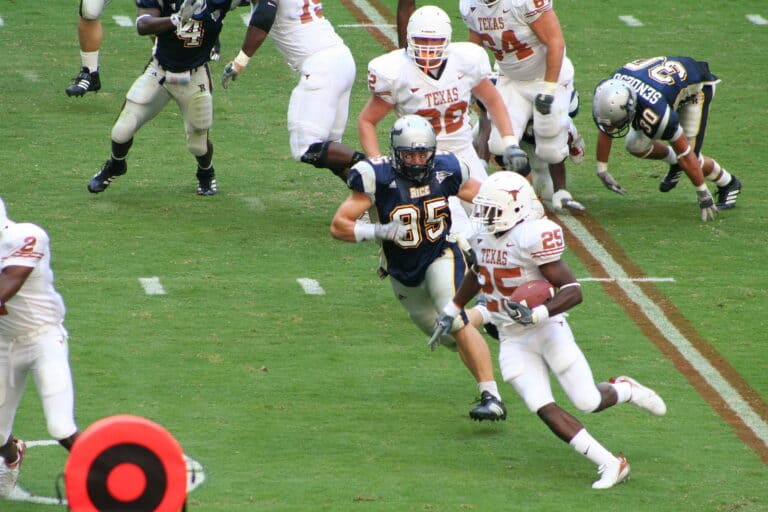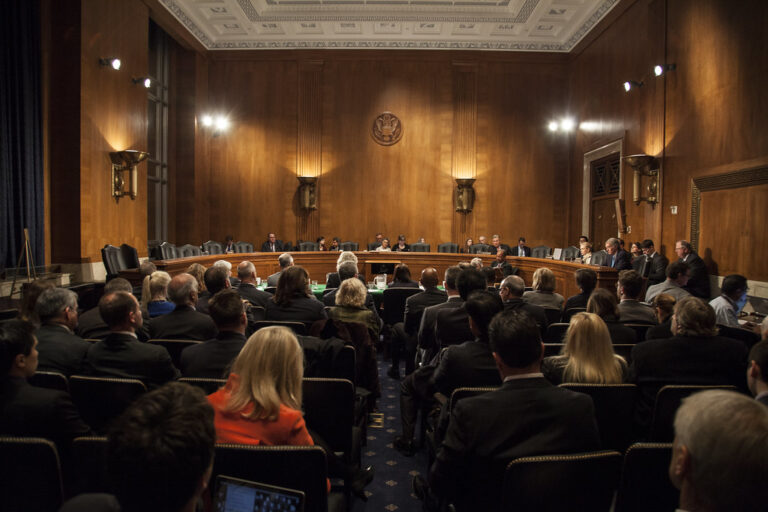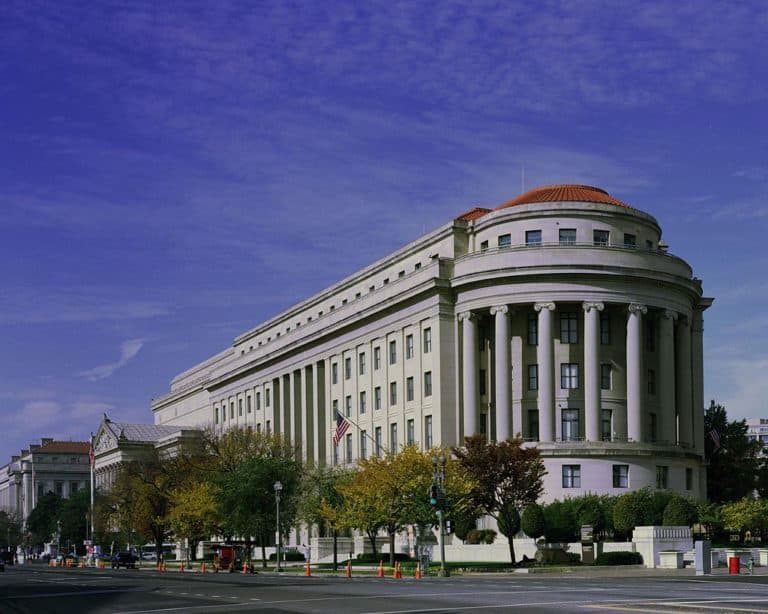Sachin S. Pandya is Professor of Law at the University of Connecticut. He researches the law of work, torts, and discrimination in the United States. Before law teaching, he clerked for the Honorable Jon O. Newman, U.S. Court of Appeals for the Second Circuit, and served as an appellate and civil rights attorney in the Office of the New York State Attorney General.
Sachin S. Pandya is Professor of Law at the University of Connecticut.
When does paying workers via tips count as illegal employment discrimination? Arguments against tip compensation–around for a while (e.g., Scott, 1916)—re-emerged last month (e.g., here and here) after restauranteur Danny Meyer (like some others) decided to ban tipping and raise prices instead. One of these anti-tipping arguments: Customers of all races tend to tip black restaurant servers far less than white restaurant servers, even after controlling for service quality (Lynn et al. 2008; Brewster & Lynn, 2014). In turn, some (e.g., Lynn et al., 2008, p. 1057-58) suggest that such a race disparity in tips exposes employers to Title VII disparate-impact liability. That liability applies if a defendant-employer “uses a particular employment practice that causes a disparate impact on the basis of” race or sex, among other characteristics, 42 U.S.C. § 2000e-2(k)(1)(A)(i), regardless of “the employer’s motives and whether or not he has employed the same practice in the past,” Lewis v. City of Chicago, 560 U.S. 205, 217 (2010).
So, can a race disparity caused by tip compensation amount to Title VII disparate impact liability? There isn’t much litigation on this issue, but the answer is yes, if we treat tips just like bonuses, commissions, and other kinds of compensation practices used to pay an amount on top of base pay—practices that, according to the EEOC (Title VII’s federal agency enforcer), may generate disparate-impact liability. EEOC Compliance Manual § 10(III)(C)(2).
Although Wang (2014, p. 157-58) doubts it, it’s pretty easy to conclude that a race disparity in tips is caused by the employer’s use of a “particular employment practice.” But for tip compensation, there can’t be a tip disparity. Sure, employers don’t control how much their customers tip. But employers do decide whether part of a worker’s pay comes from tips, instead of, say, imposing a flat service charge. Besides, customer race bias can’t excuse an employer’s legal responsibility for causing a race disparity in tips. In general, Title VII does not excuse employers who defer to their customers’ racial preferences.
Wang also suggests that a court might treat a disparate-impact challenge to tip compensation—which partly leaves worker pay to customer discretion—like the challenged policy upheld in Wal-Mart Stores v. Dukes, 131 S. Ct. 2541, 2554-57 (2011), which left worker pay and promotion to local store managers’ discretion. But Wal-Mart—a class action lawsuit—mostly turned on an issue of federal class action procedure. See, e.g., Gschwind v. Heiden, 692 F.3d 844, 848 (7th Cir. 2012); Tabor v. Hilti, Inc., 703 F.3d 1206, 1221-22 & n. 8 (10th Cir. 2013). So, Wal-Mart might matter in a Title VII disparate-impact class action filed in federal court against a restaurant chain that lets each restaurant’s local manager decide whether to adopt tip compensation there. But Wal-Mart doesn’t stop a court from saying that an employer who adopts tip compensation thereby “uses a particular employment practice” under Title VII.
There is, however, no hard and fast rule about how big a race disparity in tips has to be for a court to declare Title VII liability. And whatever any individual employee collects in tips, any resulting race disparity in tip income—what workers take home—might differ depending on how the employer engages in tip pooling. Although collected tips belong to the employee, see 29 C.F.R. § 531.52; see also, e.g., Cal. Labor Code § 351; NY Labor Law § 196-d, under certain conditions, an employer can redistribute the tips among a set of employees, see 29 C.F.R. § 531.54; see also, e.g., Avidor v. Sutter’s Place, 212 Cal. App. 4th 1439, 1449-50 (6th Dist. 2013); 12 NYCRR § 146-2.16. Which employees get to join a tip pool can be complicated, but since 2011, the US Department of Labor (DOL) reads the Fair Labor Standards Act to “not impose a maximum contribution percentage on valid mandatory tip pools.” 29 C.F.R. § 531.54. (DOL had set a maximum of 15% of an employee’s tips, but it changed tack after some courts rejected it. See 76 Fed. Reg. 18832-01, 18839 (2011). How far DOL may regulate tip pooling is disputed. See, e.g., Oregon Restaurant and Lodging v. Solis, No. 13-35765 (9th Cir., appeal submitted July 10, 2015)).
As the tip-pool contribution percentage increases, any race disparity in tip income likely decreases. Accordingly, in some cases, there may be a big enough disparity in tips collected but the disparity in tip income (after tip-pooling) is too small. Title VII, however, says that a plaintiff has to show that “each particular challenged employment practice” causes a disparate impact, unless she can show that an employer’s “decisionmaking process” can’t be separated for analysis. 42 U.S.C. § 2000e-2(k)(1)(B)(i). This implies that if a plaintiff can prove that tip compensation (the challenged practice) causes a big enough race disparity in tips collected, that’s enough, whether or not the disparity in tip income (after those tips are pooled) is big enough, too. Tip compensation and tip pooling are practices that can be analyzed separately. An employer can adopt tip compensation without tip pooling. Some do.
Once the plaintiff proves the requisite disparate impact, the employer has several defenses, including that its tip compensation practice is “job related for the position and consistent with business necessity,” 42 U.S.C. § 2000e-2(k)(1)(A)(i), a “bona fide . . . merit system,” or “a system which measures earnings by quantity or quality of production,” 42 U.S.C. § 2000e-2(h). For all these, the employer bears the burden of proving that, at bottom, tipping really relates pay to job performance. The problem for employers: In general, past studies suggest that, even after controlling for service quality, tips substantially vary with, among other things, a server’s race (e.g., Brewster & Lynn, 2014) or physical attractiveness (e.g., Parrett, 2015). That doesn’t settle the matter, because the defendant’s restaurant may be the odd case in which tips do measure job performance pretty well. But, in Title VII litigation, it’s the defendant-employer’s burden to prove that, not the plaintiff’s. And what counts as good job performance is an objective inquiry, not whatever the employer sincerely believes.
Similarly, using tips as a proxy for job performance is, by itself, hardly a bona fide “merit system.” According to the EEOC, a merit system involves evaluating employee job performance “at regular intervals according to predetermined criteria, such as efficiency, accuracy, and ability.” EEOC Compliance Manual § 10(IV)(F)(1) (discussing parallel defense in Equal Pay Act). Similarly, tips don’t really measure the “quantity or quality of production.” This defense covers not just piece-rate-compensation for making goods, but also compensation for services, such as securities-broker bonuses. See McReynolds v. Merrill Lynch & Co., 694 F.3d 873, 882 (7th Cir. 2012). Even for broker bonuses, this defense may not apply if “for example, black brokers were receiving systematically poorer reviews than their white counterparts who performed substantially similar work, and the reviews determined compensation.” Id. Here, in any particular case, an employer can’t assume that tips accurately measure the “quality of production” (service quality). Instead, the employer must prove that they really do. Facing this possibility, some employers may want just to ban tipping instead.






Daily News & Commentary
Start your day with our roundup of the latest labor developments. See all
November 21
The “Big Three” record labels make a deal with an AI music streaming startup; 30 stores join the now week-old Starbucks Workers United strike; and the Mine Safety and Health Administration draws scrutiny over a recent worker death.
November 20
Law professors file brief in Slaughter; New York appeals court hears arguments about blog post firing; Senate committee delays consideration of NLRB nominee.
November 19
A federal judge blocks the Trump administration’s efforts to cancel the collective bargaining rights of workers at the U.S. Agency for Global Media; Representative Jared Golden secures 218 signatures for a bill that would repeal a Trump administration executive order stripping federal workers of their collective bargaining rights; and Dallas residents sue the City of Dallas in hopes of declaring hundreds of ordinances that ban bias against LGBTQ+ individuals void.
November 18
A federal judge pressed DOJ lawyers to define “illegal” DEI programs; Peco Foods prevails in ERISA challenge over 401(k) forfeitures; D.C. court restores collective bargaining rights for Voice of America workers; Rep. Jared Golden secures House vote on restoring federal workers' union rights.
November 17
Justices receive petition to resolve FLSA circuit split, vaccine religious discrimination plaintiffs lose ground, and NJ sues Amazon over misclassification.
November 16
Boeing workers in St. Louis end a 102-day strike, unionized Starbucks baristas launch a new strike, and Illinois seeks to expand protections for immigrant workers